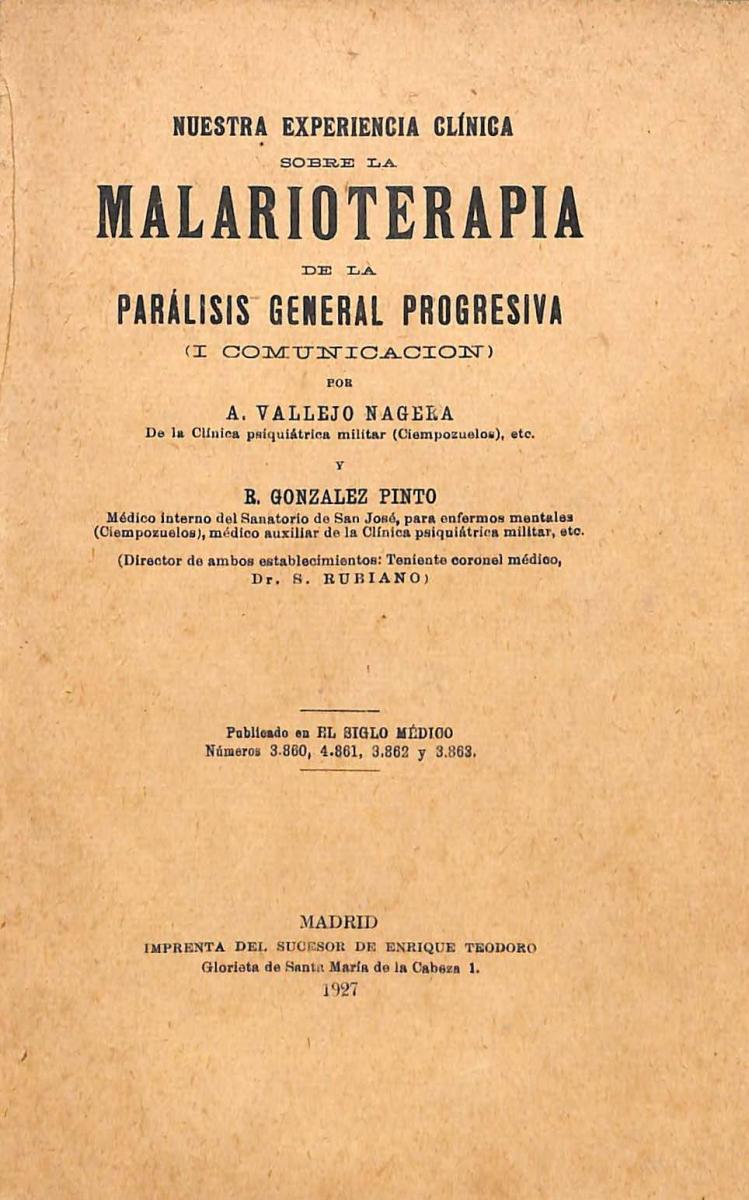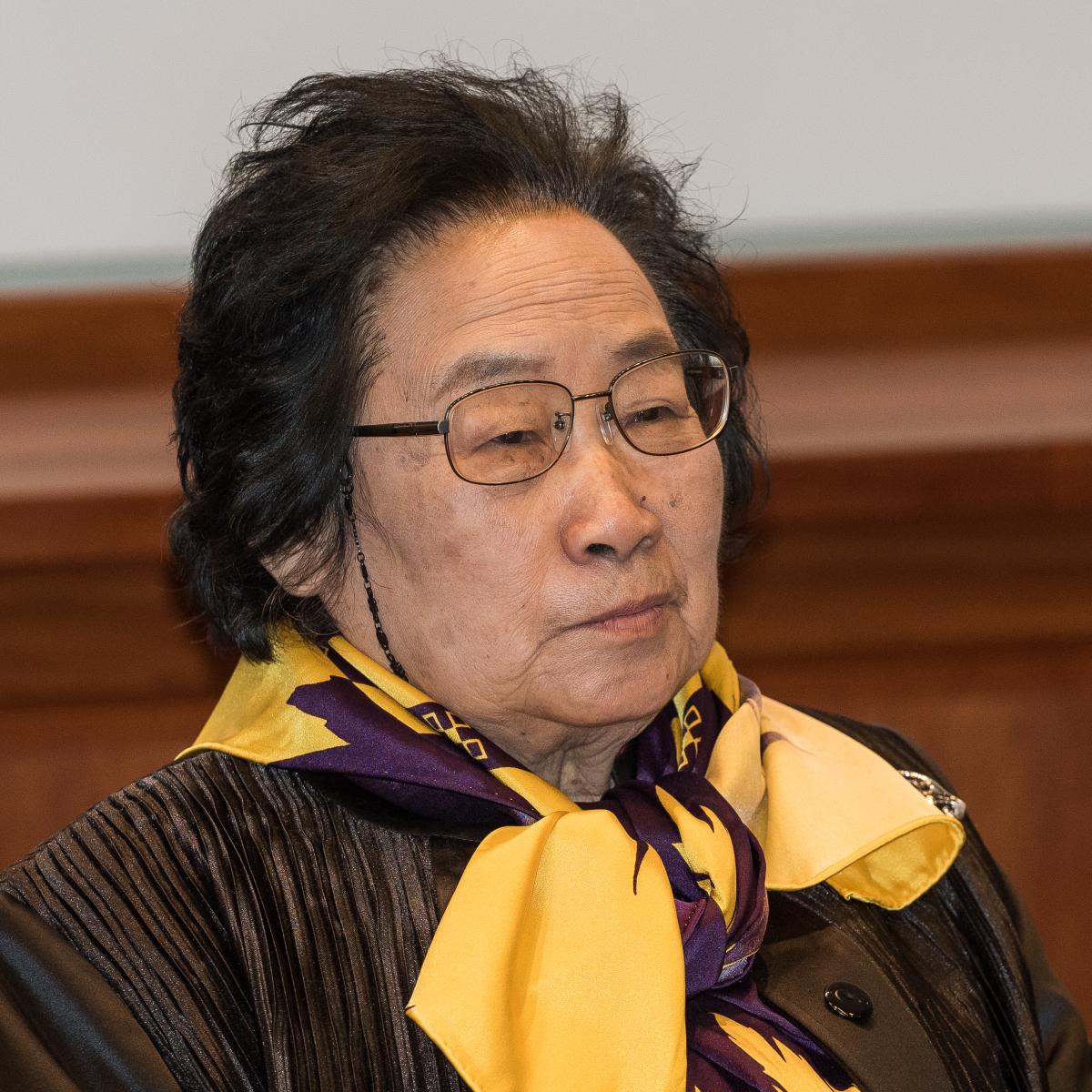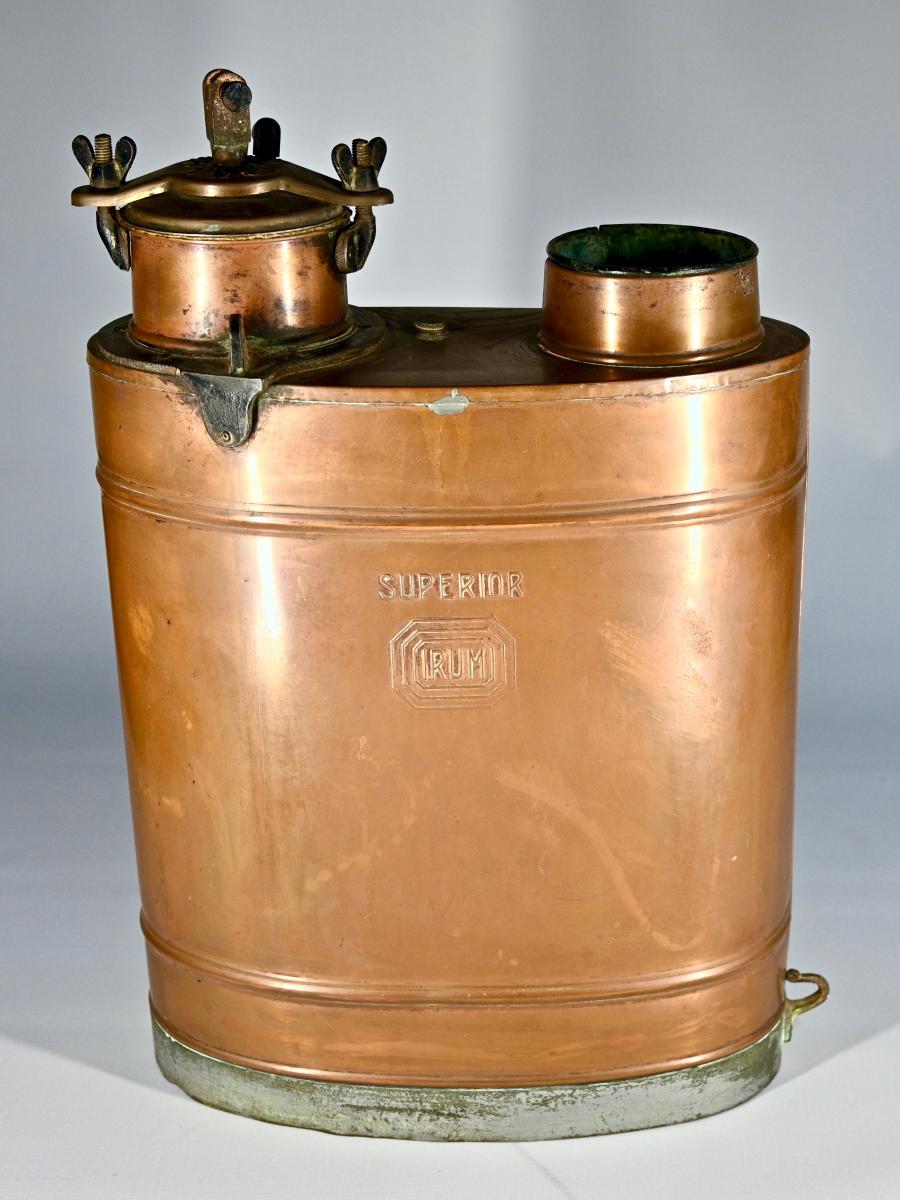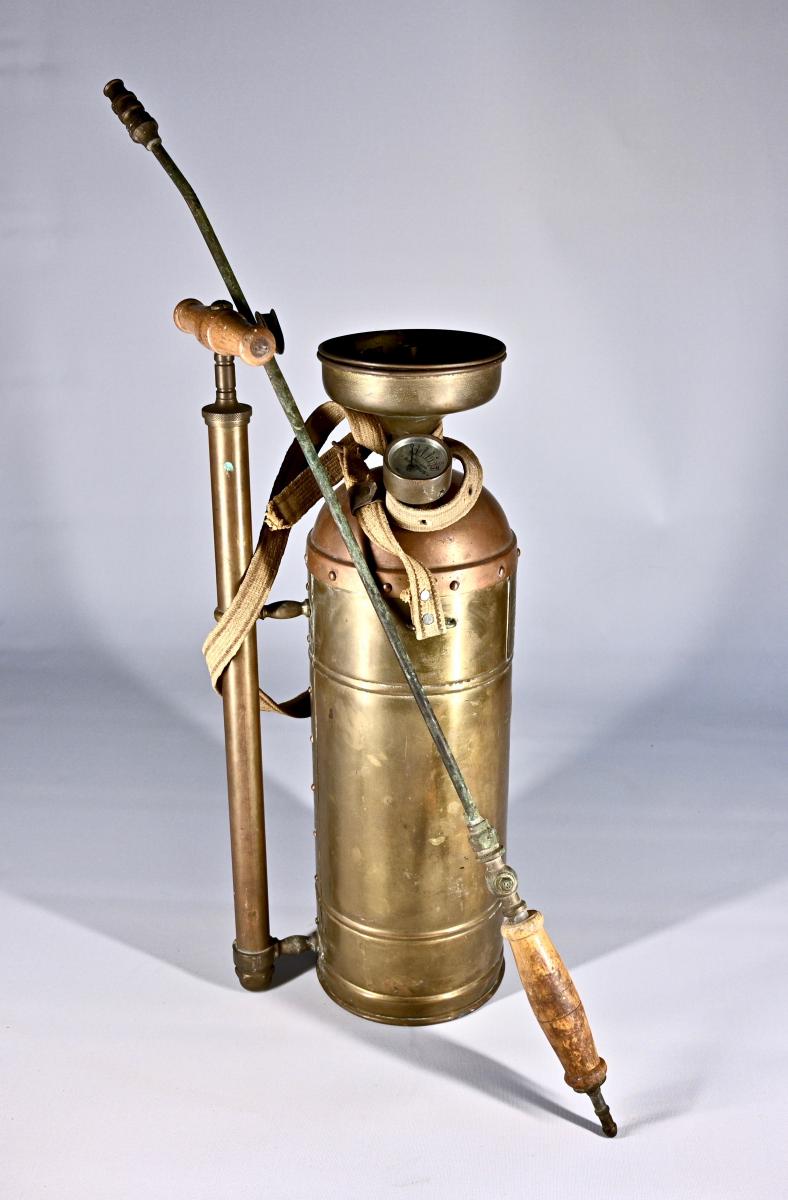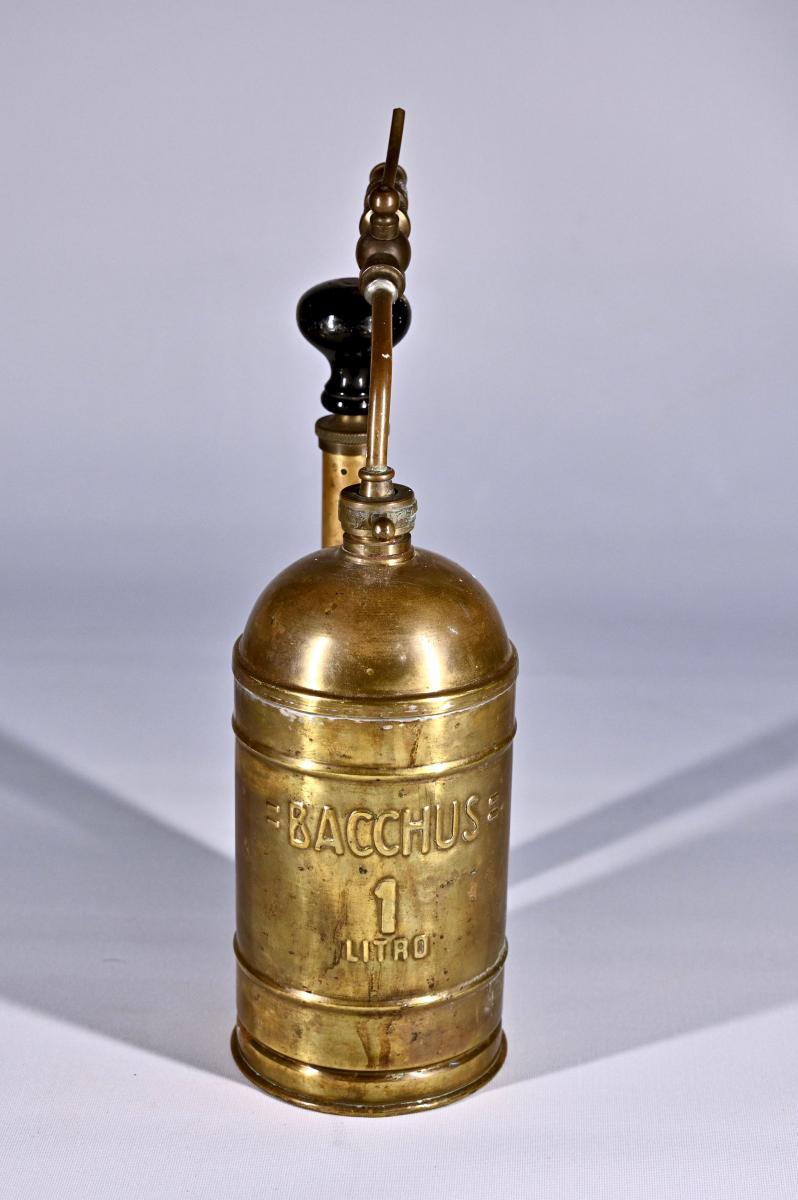 Autographed photograph by Sir Ronald Ross.
Autographed photograph by Sir Ronald Ross.
Ronald Ross was awarded the Nobel Prize in Medicine or Physiology in 1902 for his discoveries about the transmission of malaria.
 Ross, R. Malarial fever. It's cause, prevention, and treatment. London: Liverpool University Press, 1902.
Ross, R. Malarial fever. It's cause, prevention, and treatment. London: Liverpool University Press, 1902.
Recommendations to prevent malaria for travelers from endemic areas. It was published in February 1902, a few months before receiving the Nobel Prize.
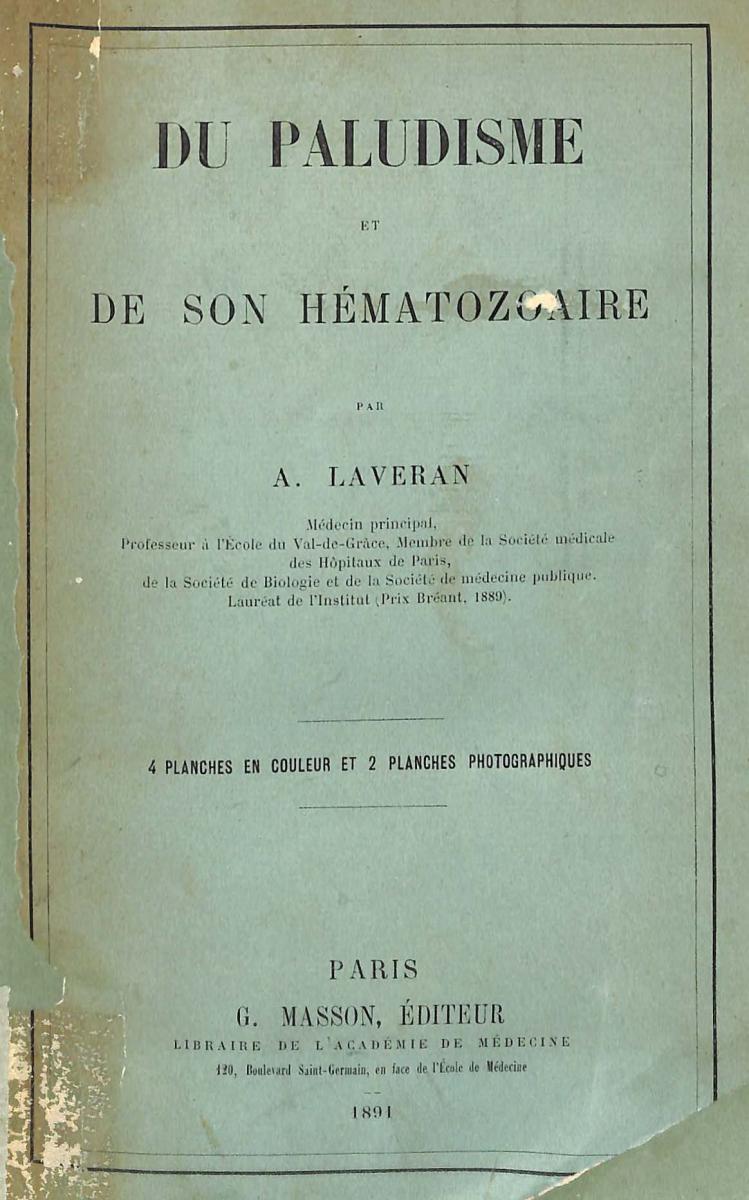 Laveran, A. Du Paludisme et son Hématozoaire. Paris: Masson, 1891.
Laveran, A. Du Paludisme et son Hématozoaire. Paris: Masson, 1891.
Charles Louis Alphonse Laveran (June 18, 1845 - May 18, 1922) received the Nobel Prize in Medicine or Physiology in 1907 for the discovery of protozoan parasites that act as the causative agent of malaria.
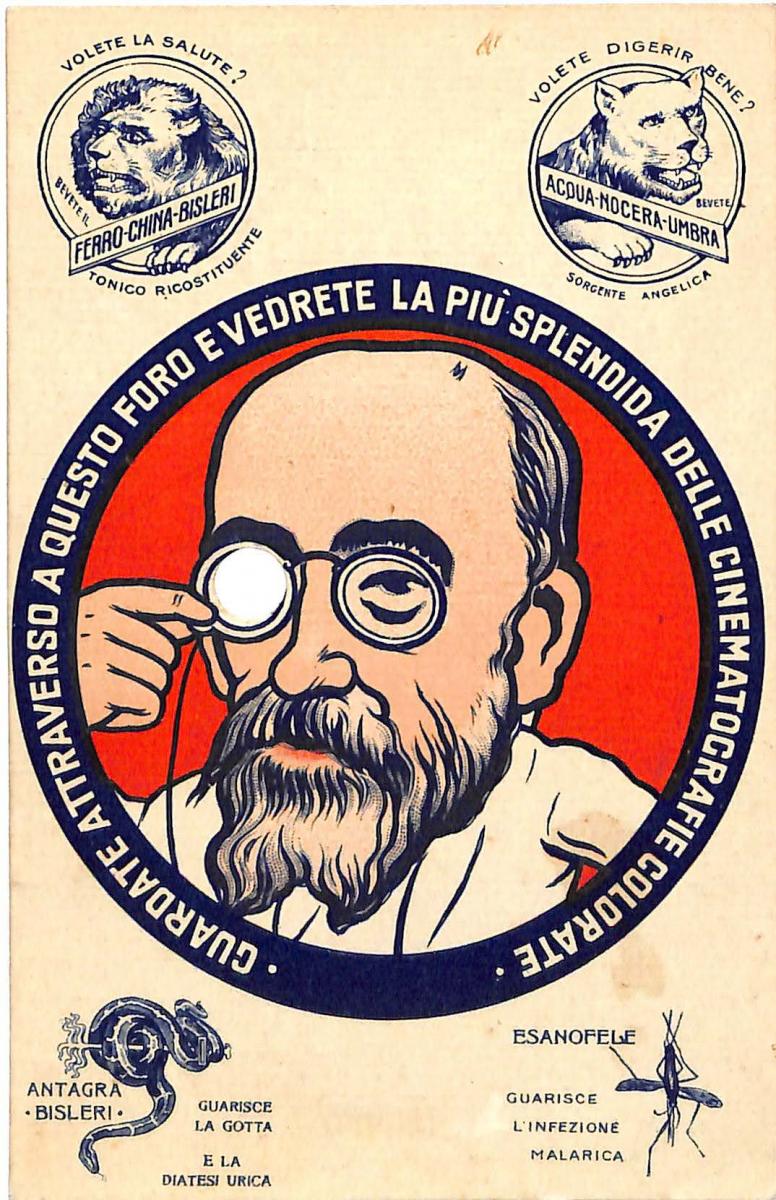 Advertising of the antimalarial product Esanofele.
Advertising of the antimalarial product Esanofele.
Advertising poster for the antimalarial product Esanofele, produced in Italy, and with the caricature of Dr. Alphonse Laveran.
Vallejo Nágera, A., González Pinto, R. Nuestra experiencia clínica sobre la malarioterapia de la parálisis general progressiva. Madrid: Imprenta del sucesor de Enrique Teodoro, 1927.
Monograph recounting the results of the experiment with the inoculation of malaria to treat neurosyphilis in Spain. This practice, known as malaria therapy, earned psychiatrist Julius Warner Jauregg the Nobel Prize in Medicine or Physiology in 1927.
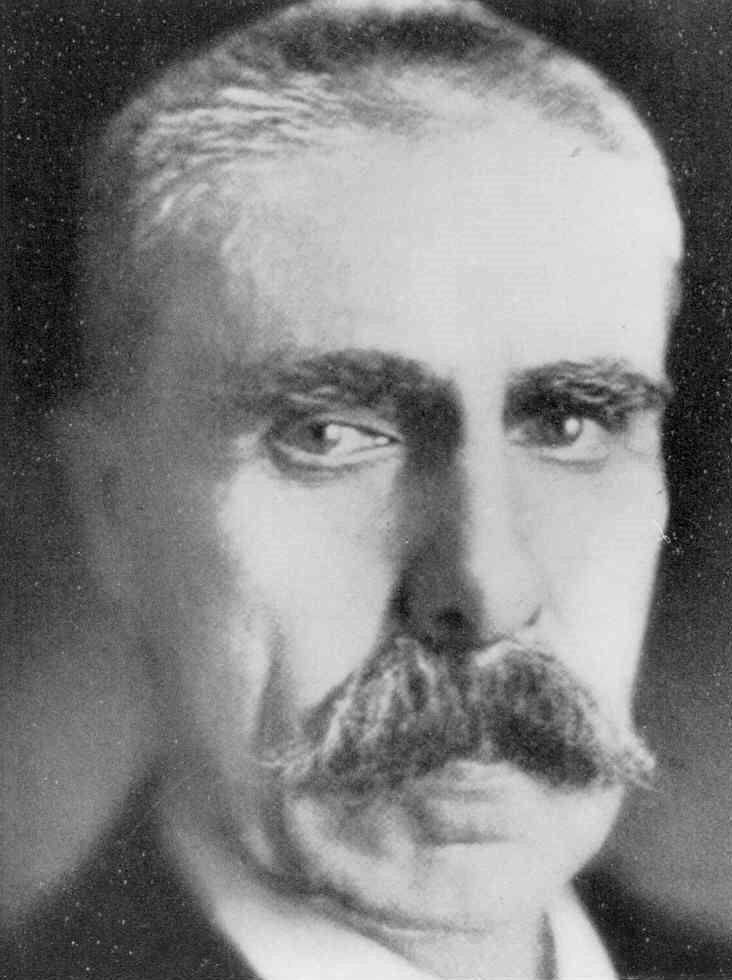 Portrait of Julius Wagner-Jauregg.
Portrait of Julius Wagner-Jauregg.
Portrait of Tu Youyou.
Thanks to arduous research, Tu YouYou discovered artemisinin in 1972, extracted according to Western methods from qinghao, a popular plant in traditional Chinese medicine. The discovery of this substance, with important antimalarial properties, has saved more than 200 million lives and led Youyou to win the Nobel Prize in Medicine or Physiology in 2015, along with William C. Campbell and Satoshi Ōmura.
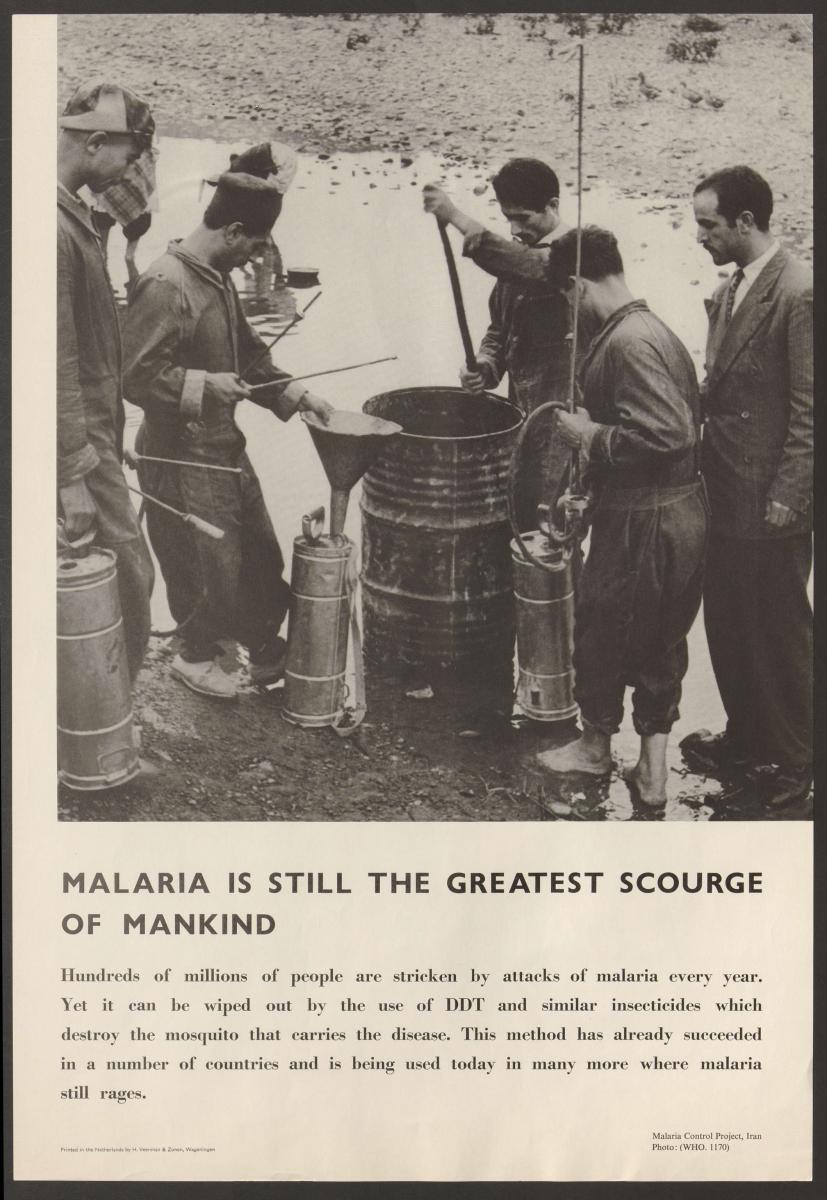 Malaria Control Project. Malaria is still the greatest scourge of mankind. Wageningen: H.Veenman & Zonen.
Malaria Control Project. Malaria is still the greatest scourge of mankind. Wageningen: H.Veenman & Zonen.
Malaria remains the great evil of humanity. World Health Organization billboard showing the use of DDT insecticides for indoor spraying. The discovery of the high efficacy of DDT as an insecticide earned Paul H. Müller the Nobel Prize in Medicine or Physiology in 1948.
Insecticide sprayers. Espanya.
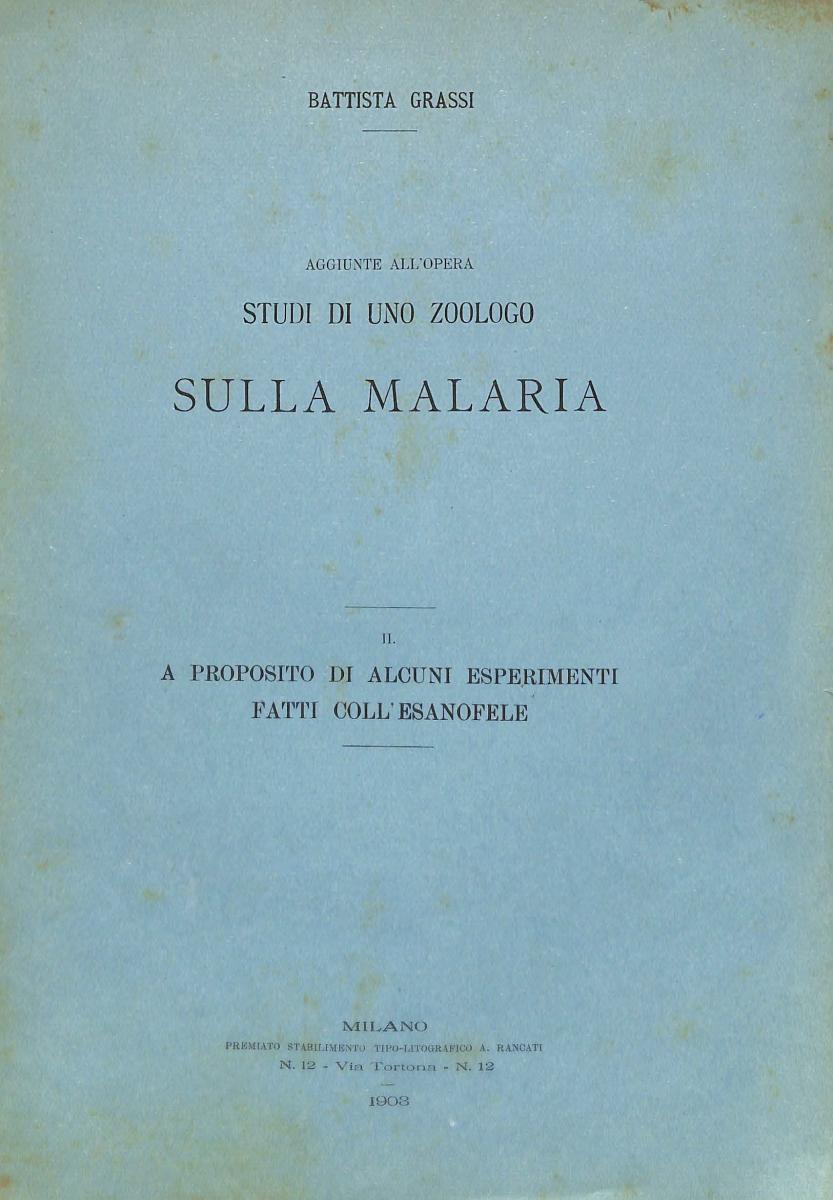 Grassi, B. Studio di uno zoólogo sulla malaria. Milà: Premiato stabilimento tipo-litografico A. Rancati.
Grassi, B. Studio di uno zoólogo sulla malaria. Milà: Premiato stabilimento tipo-litografico A. Rancati.
Grassi vs. Ross: Who Really Solved the Malaria Riddle? At the end of the 19th century, the Italian zoologist Giovanni Battista Grassi (March 27, 1854 - May 4, 1925), together with his collaborators, discovered the life cycle of Plasmodiium falciparum, establishing that only females of the Anopheles mosquitoes were able to transmit the disease. A bitter controversy arose between him and Ronald Ross, who eventually sided with the latter once he was awarded the Nobel Prize in 1902. Today there is unanimity that both doctors should have shared the prize.
